10 Of The Weirdest Performance Cars Ever

Two things we particularly love at Car Throttle are weird cars and performance cars. Lying in the middle of that Venn diagram are, of course, weird performance cars. Whether conceptually flawed or just bizarre in their execution, we’ve been trawling the depths of our car geekery to come up with 10 cars that fit that bill nicely.
Some are surprisingly good, others are… not, but nearly all of them are unlikely to be repeated in any form any time soon. Join us for a canter through this selection of fast weirdness.
Vauxhall Meriva VXR
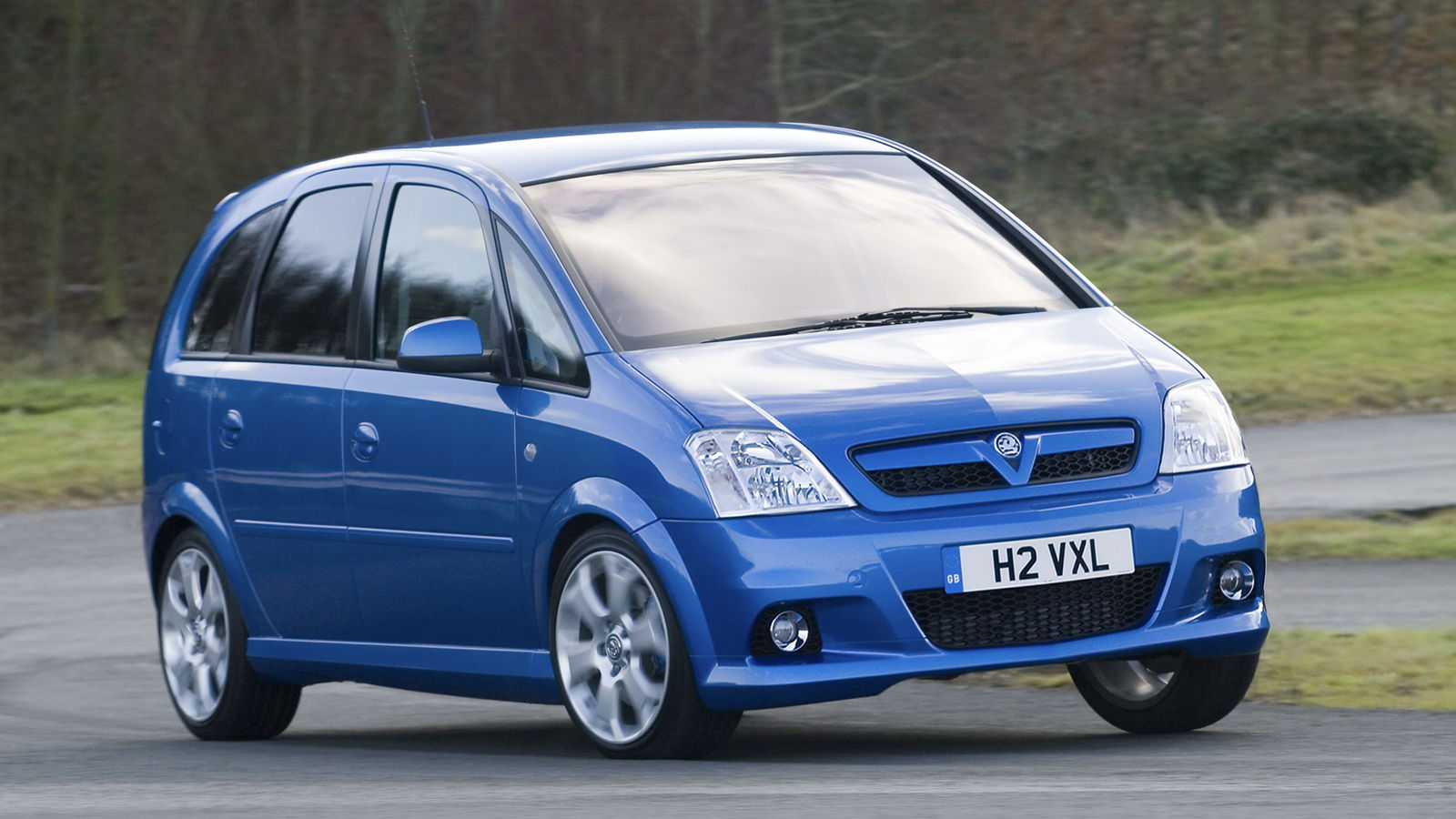
When Vauxhall was expanding the offerings of its VXR performance brand in the mid-noughties, the logical thing would have been for it to do a Corsa VXR. After all, the compact hot hatch was having a bit of a renaissance at the time with the likes of the Ford Fiesta ST and Renault Clio 182.
For reasons that will never be known outside of a GM Europe boardroom circa 2005, what it instead opted to do was a hot version of the Meriva, essentially a tall Corsa designed to fit into the emerging mini people carrier class. As well as the requisite chunky styling, it was treated to a 1.6-litre turbo engine sending 178bhp through the front wheels. Contemporary reviews noted that torquesteer was abundant, and the Meriva’s lofty stance didn’t exactly lend itself to being hustled down a B-road. Shocker.
Mercury Marauder
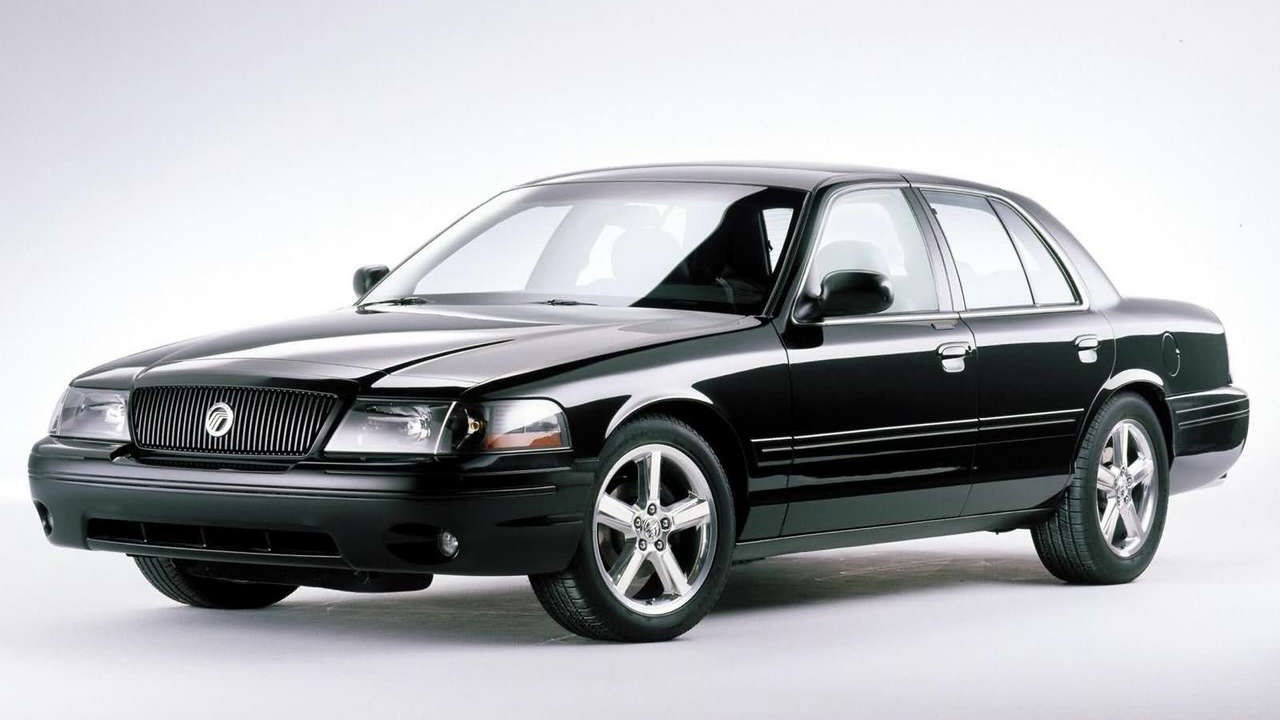
Ford’s long-lived body-on-frame Panther platform spawned many different models. Police departments and cabbies favoured the Crown Victoria, limo companies hacked up the Lincoln Town Car, and Florida retirees wafted about in the Mercury Grand Marquis.
At no point did it seem like anyone was crying out for a sinister blacked-out muscle saloon based on the same platform, and yet that’s what we got in the shape of the short-lived Mercury Marauder. Featuring the 302bhp V8 from a Mustang Mach I, an LSD and cop-spec brakes and shocks, it seemed designed to appeal to people who wanted to simultaneously look like mobsters and FBI agents. Thinking about it, that might have made it the ultimate getaway car.
Nissan X-Trail GT

The Japanese domestic market is a hotbed of weirdness not offered to other countries, as exemplified by the Nissan X-Trail GT. Creating this involved taking a first-gen X-Trail – at the time, a boxy and somewhat capable soft-roader rather than the amorphous crossover it is today – and dropping in a hugely powerful turbocharged engine.
Specifically, it was a 2.0-litre SR20VET, related to the engine found in various Silvias, but with variable valve timing and a quoted output of 276bhp. Even more bizarrely, there was very little to set the GT apart from common-or-garden X-Trails visually, which must have left plenty of hot hatch drivers scratching their heads at traffic lights. Nissan’s evidently fond of the inexplicable JDM X-Trail performance version, though, because it’s just brought it back in the shape of the new Nismo.
Renault Clio V6
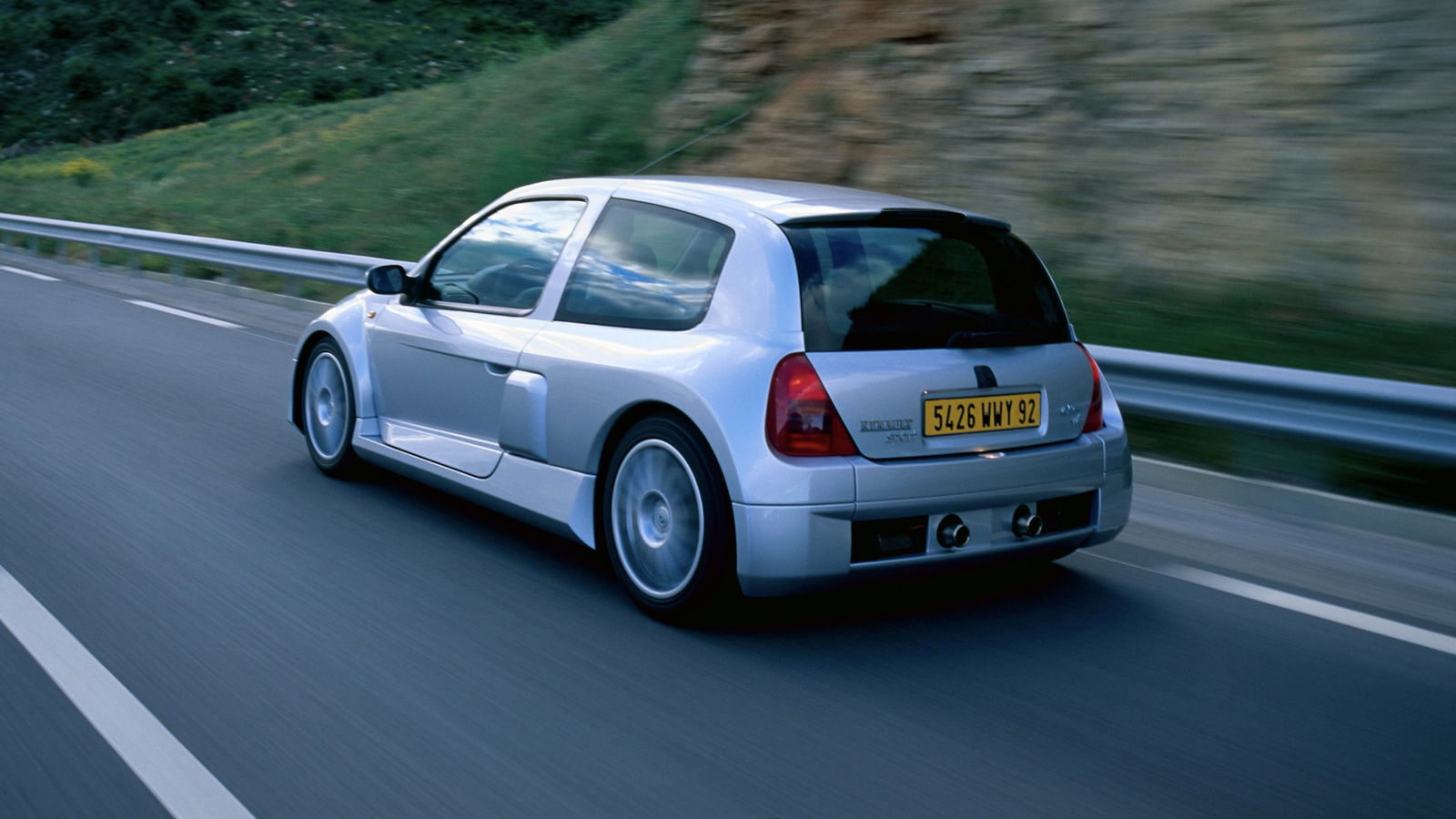
Weird doesn’t always equal bad. Just look at the Renault Clio V6, one of the biggest cult classics of its era. Starting with the sensible Clio, Renault completely re-engineered it to put the meaty 3.0-litre V6 from a Laguna saloon where the back seats used to go, and clothed it all in a touring car-esque flared body with air intakes that looked like they could swallow an unsuspecting pigeon if it wasn’t careful.
It was never the most delicate thing to drive, but it was an instant classic, as you’ll find if you go look at what they’re going for used these days. Renault did have previous here, as it had produced the equally bonkers 5 Turbo in the ’80s, but that was a rally homologation special – the Clio V6 was just pure, silly fun. Thankfully, the company hasn’t abandoned this wild streak, as it’s revisiting the concept in electric form with the upcoming 5 Turbo 3E.
Mercedes R63 AMG
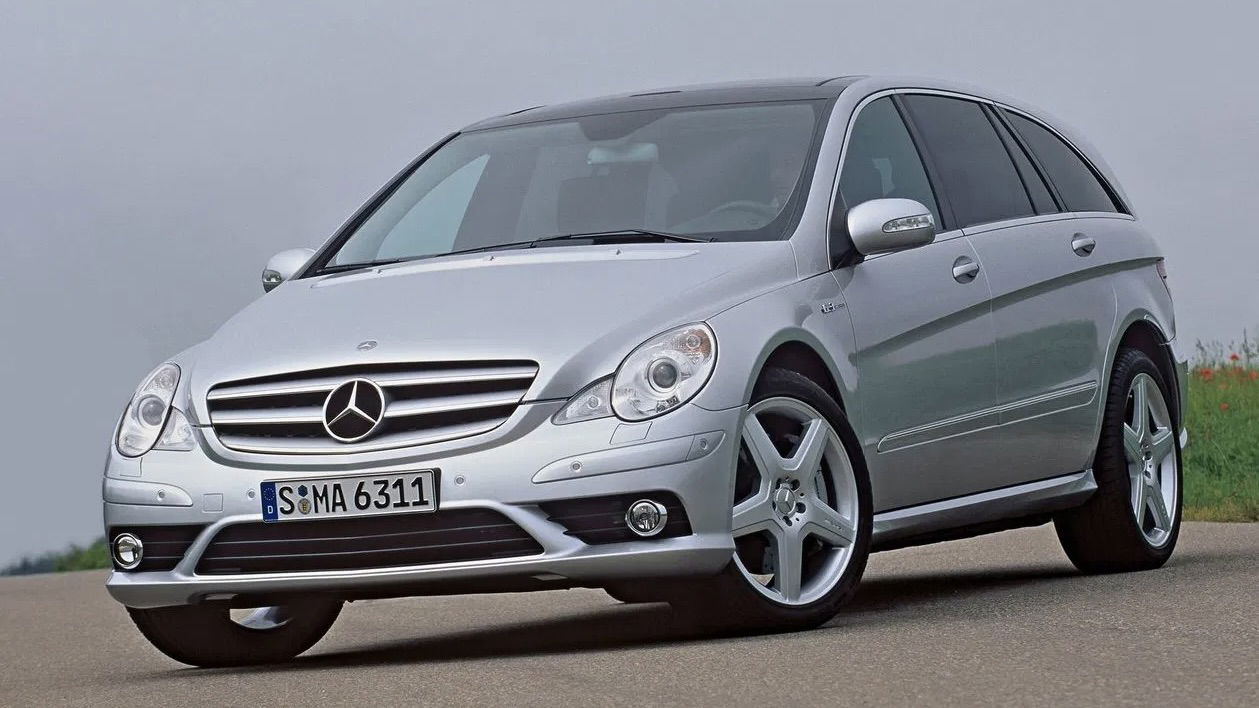
The Mercedes R-Class was a conceptually weird car in its own right – very few people were crying out for a low-slung seven-seater MPV-stroke-big-estate from Merc (except, apparently, in China, where it lived on until 2017).
But things got properly bizarre a couple of years after it was introduced when Merc handed it off to its AMG division, who promptly stuffed a 6.2-litre, 503bhp V8 into the R-Class to create the R63. Fast? Certainly – it would hit 62mph in around 5.0 seconds. Luxurious? Oh yes, its spacious cabin was a feast of leather, wood and the finest in-car tech 2006 could offer. Successful? Erm, no. It’s thought that a grand total of 12 were sold in the UK. And no, that’s not a typo.
Dodge Caliber SRT-4
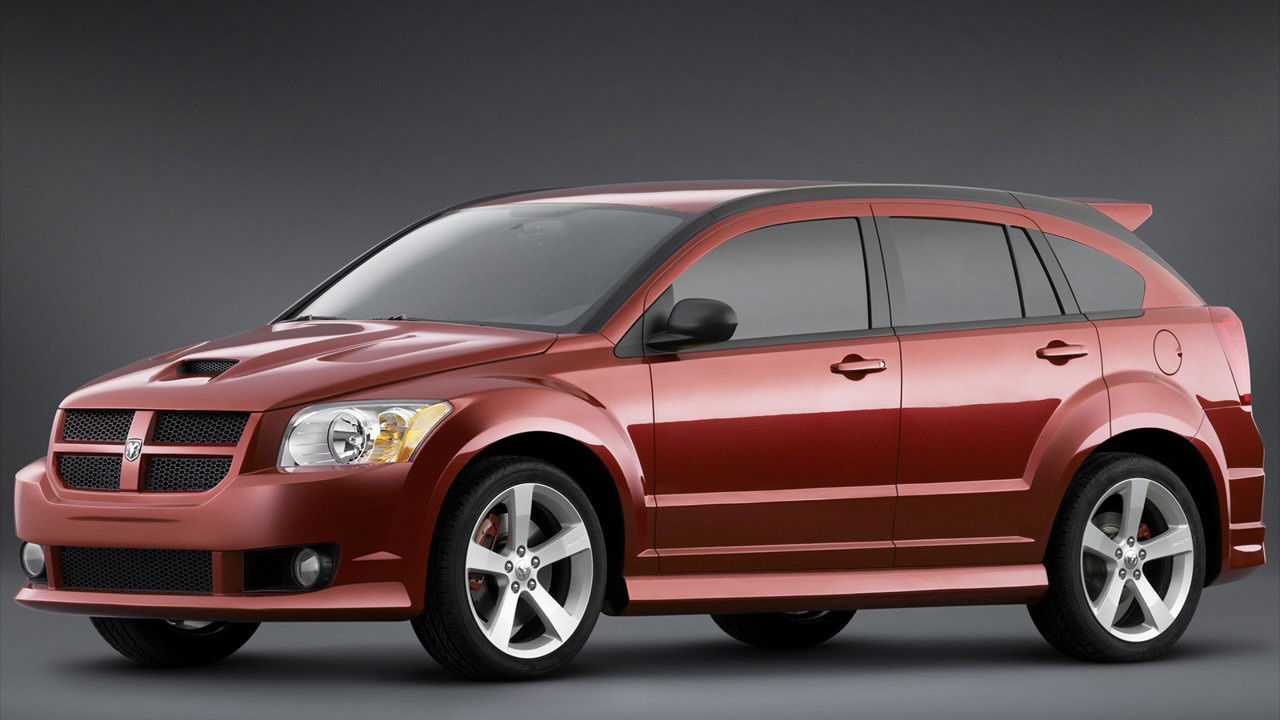
The Dodge Caliber was, quite frankly, rubbish, but it was arguably ahead of its time, a lightly jacked up hatch with beefy SUV-ish styling several years before the market started getting absolutely inundated with the things.
It also arrived at a time when the Chrysler group was trying to branch out its SRT performance badge, which is how the Caliber came to be fitted with a 2.4-litre turbocharged engine making 285bhp. All of which went through the front wheels. With no limited-slip diff. Yeah. Contemporary reviews were about as charitable as you’d expect.
Smart #5 Brabus
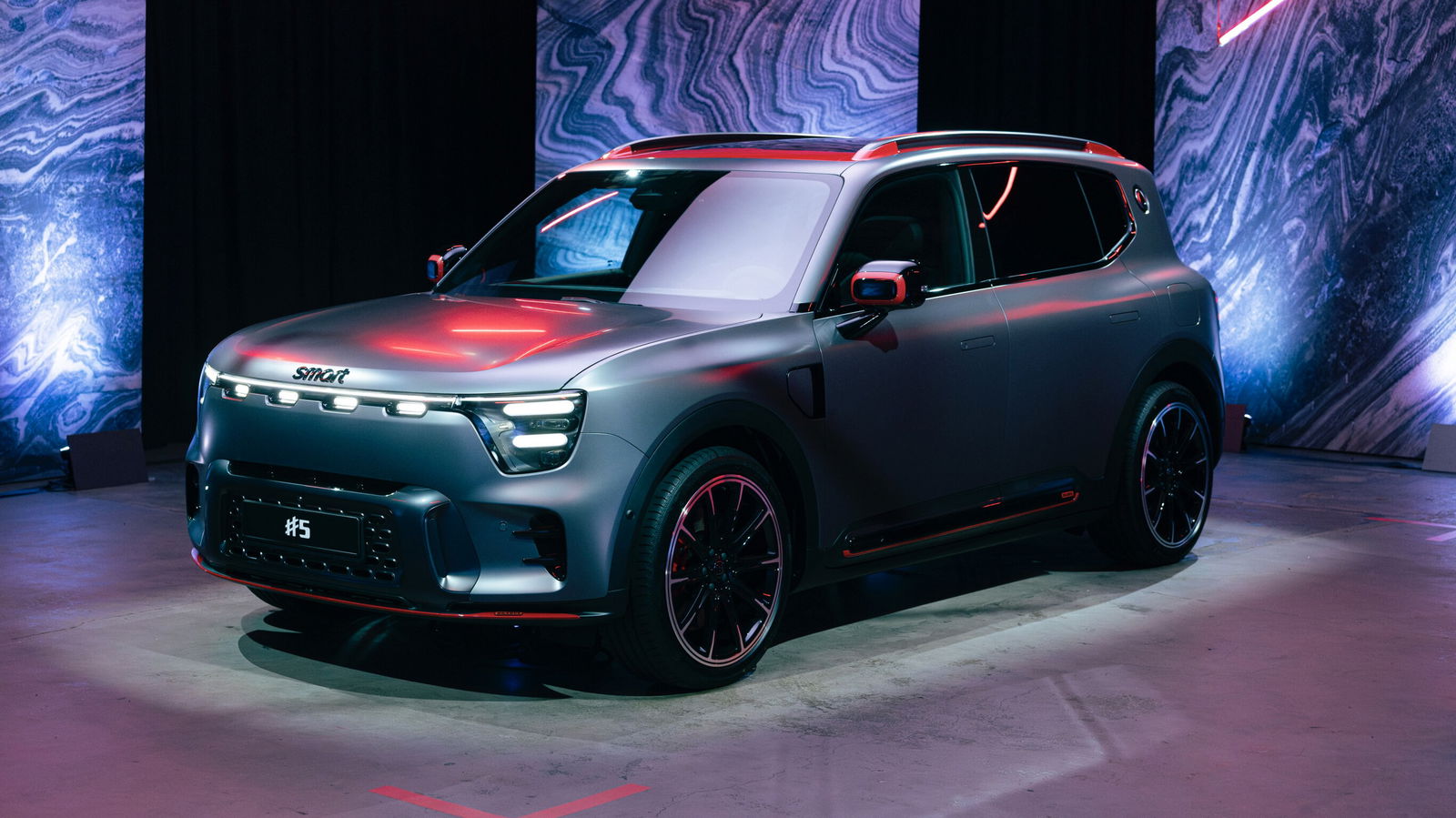
It’s a lot harder to justify frivolous performance car projects now than it was 20 or 30 years ago – generally, they have to make real, solid financial sense. That’s not to say the odd weirdo doesn’t slip out, though – take the Smart #5 Brabus.
Yes, Smart as in the company that used to make the Fortwo city car, now a joint venture between Mercedes and Chinese giant Geely and making a selection of forgettable EV crossovers. Forgettable, that is, except for the Brabus versions. In the #5 (pronounced ‘hashtag five’ – #sigh), said version makes up to 637bhp. That’s more power than a McLaren F1, in a Smart.
Chevrolet HHR SS
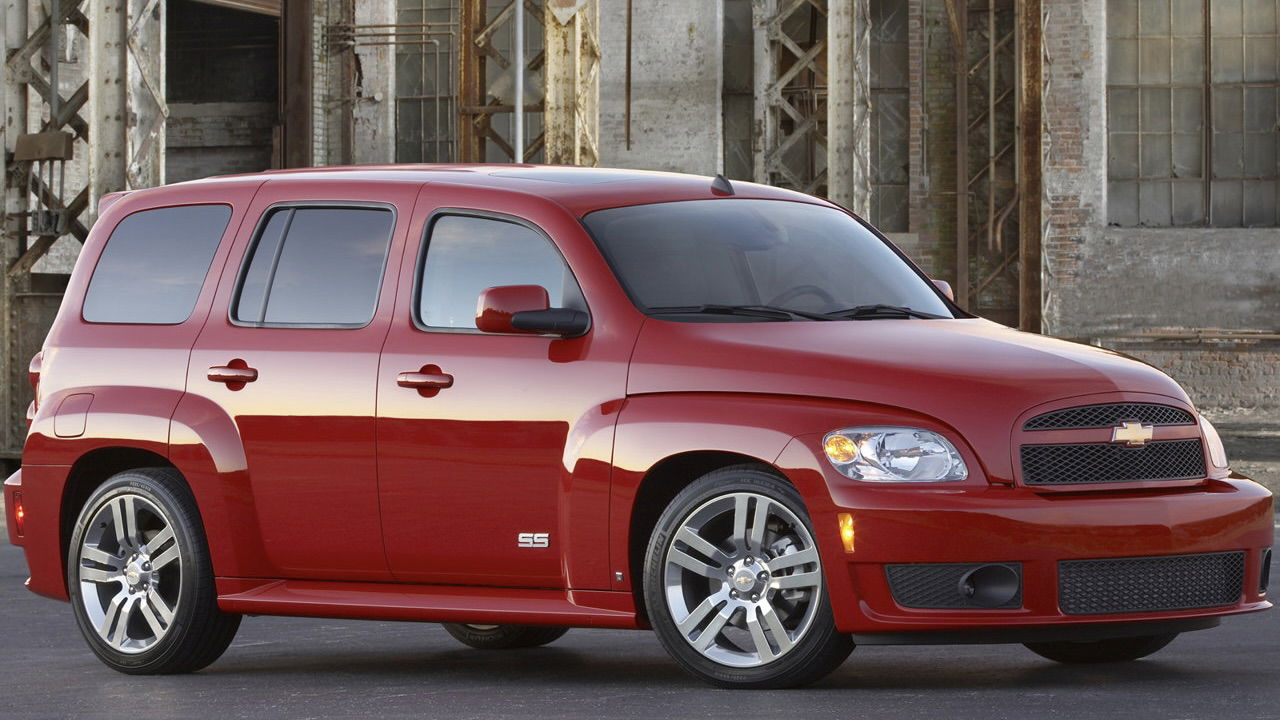
In the early noughties, Chevrolet looked jealously at the success Chrysler was having with the PT Cruiser, and wanted a slice of the awkwardly-styled nostalgia pie. The resulting car, the HHR, was actually designed by the same person, but was far less of a success.
None of that stopped Chevy doing a 2.0-litre, 260bhp turbocharged SS version with an angry-looking bodykit, lowered suspension and a short-throw shifter on the five-speed manual – still with front-wheel drive. The story only gets weirder – separately, there was an HHR Panel Van, and for a single model year, these two versions could be combined, giving America’s delivery drivers a crash course in how to deal with vicious torquesteer.
Kia Stinger GT S
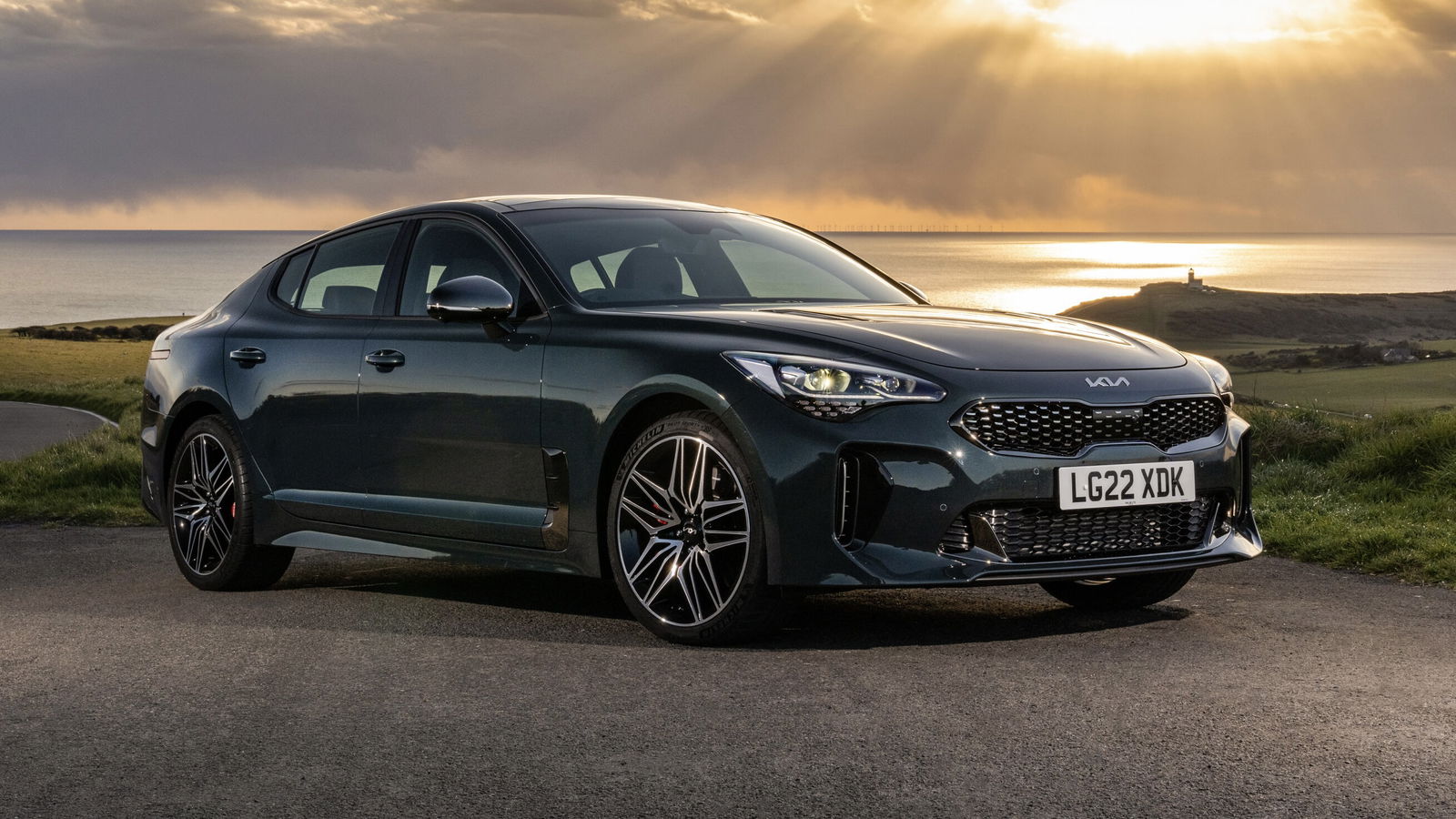
Kia had long stopped being a punchline by the time it launched the Stinger GT S in 2017, but it still came out of left-field. Here was an executive sports saloon, introduced at a time when that segment had already begun its ongoing shrink, with a 365bhp twin-turbo V6, and from a company that had never sold anything sportier than the Proceed GT (well, except for that weird time it rebadged a Lotus Elan).
None of that’s to say the Stinger GT S was a bad car – it was far from it, and offered a BMW-ish drive for a lot less than an equivalent 3 Series, but it was never destined to be a smash hit. It may have stayed a niche choice, but at least its spirit lives on somewhat in the electric EV6 GT.
Lancia Thema 8.32

The idea of a fast version of the Lancia Thema executive saloon seemed perfectly logical. After all, when it launched in 1986, the BMW M5 was the shiny new hotness – why couldn’t Lancia have a piece of that action?
No, it was the execution that was bizarre. Tapping up its Fiat Group connections, Lancia managed to secure the use of the 2.9-litre V8 from the Ferrari 308, which was promptly installed in the Thema’s bluff nose (its name refers to its eight cylinders and 32 valves). Not only that, but the power (not as much of it as you might think – a max of 215bhp) was still sent through the front wheels. Add in the world’s first electrically deployable spoiler and an interior with totally different fittings to the standard Thema, and you have one of the strangest performance cars of the 1980s.













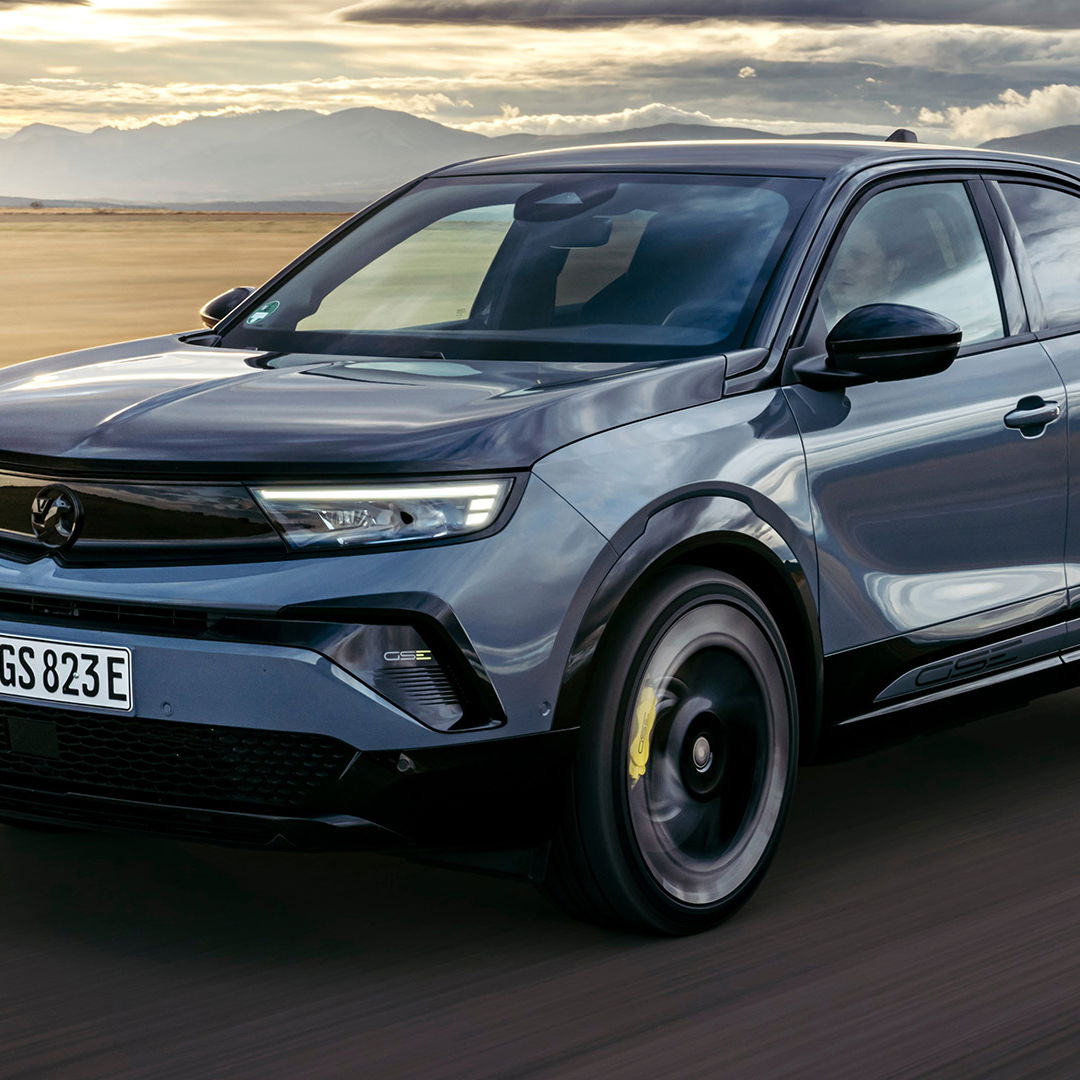

Comments